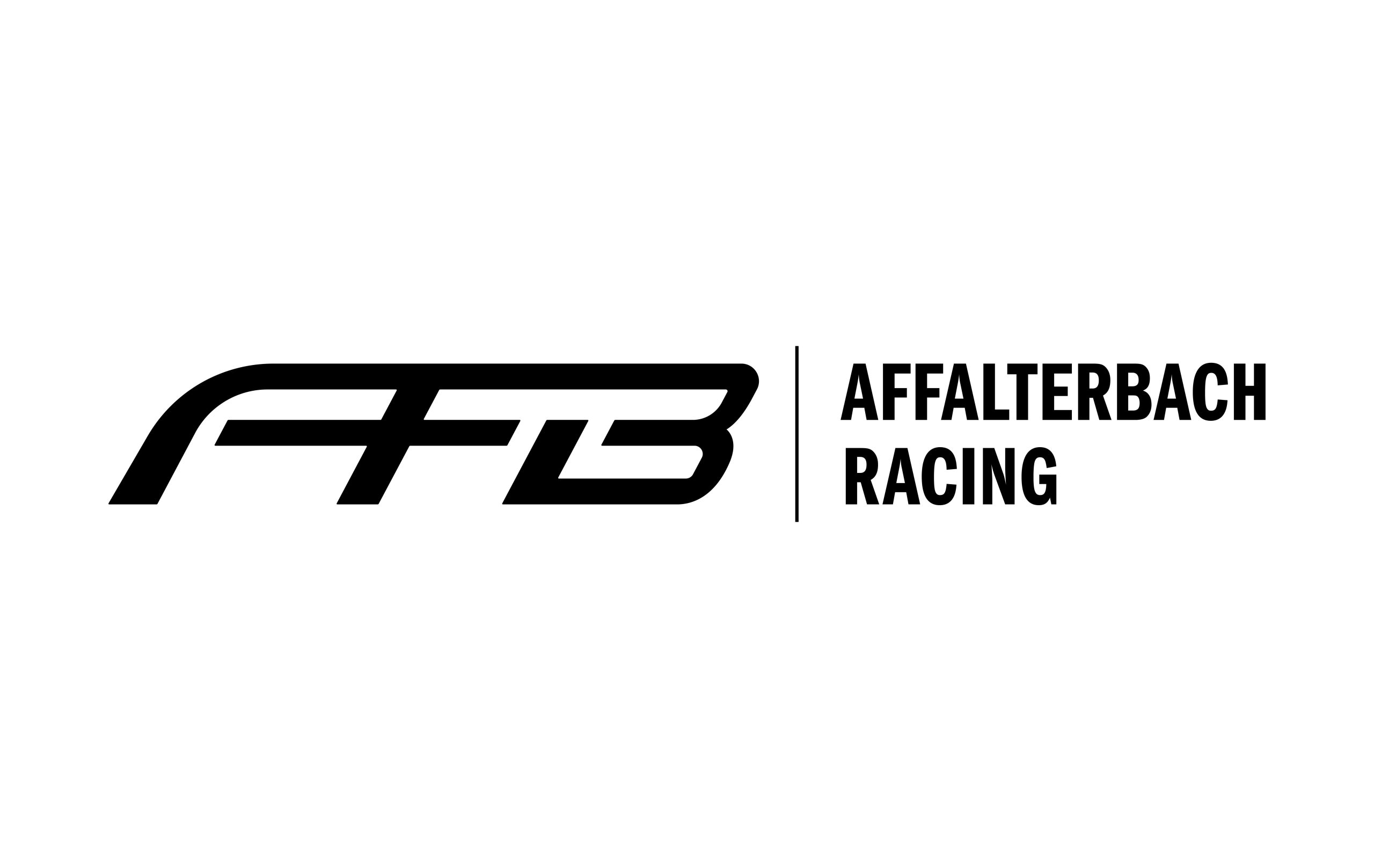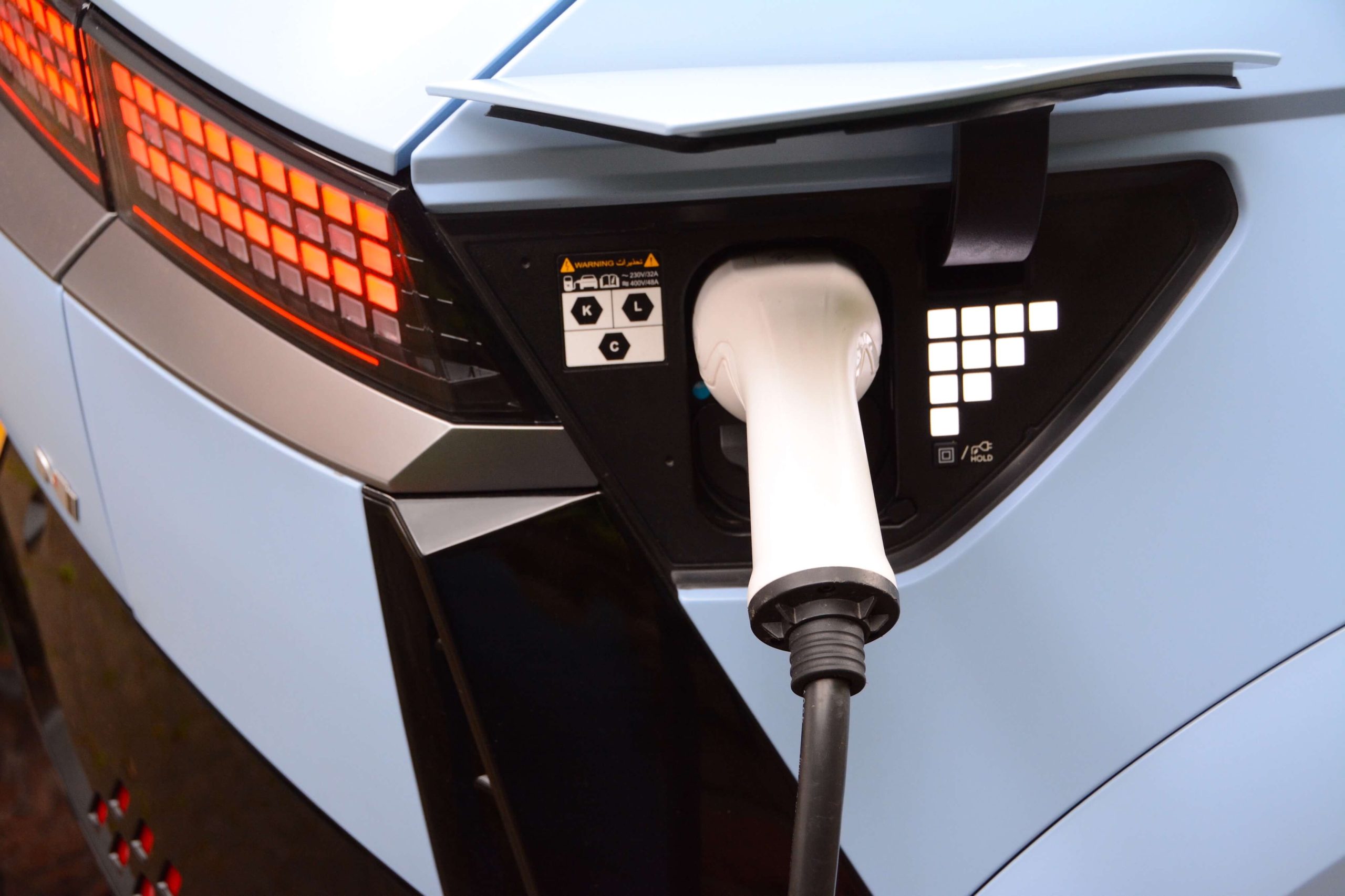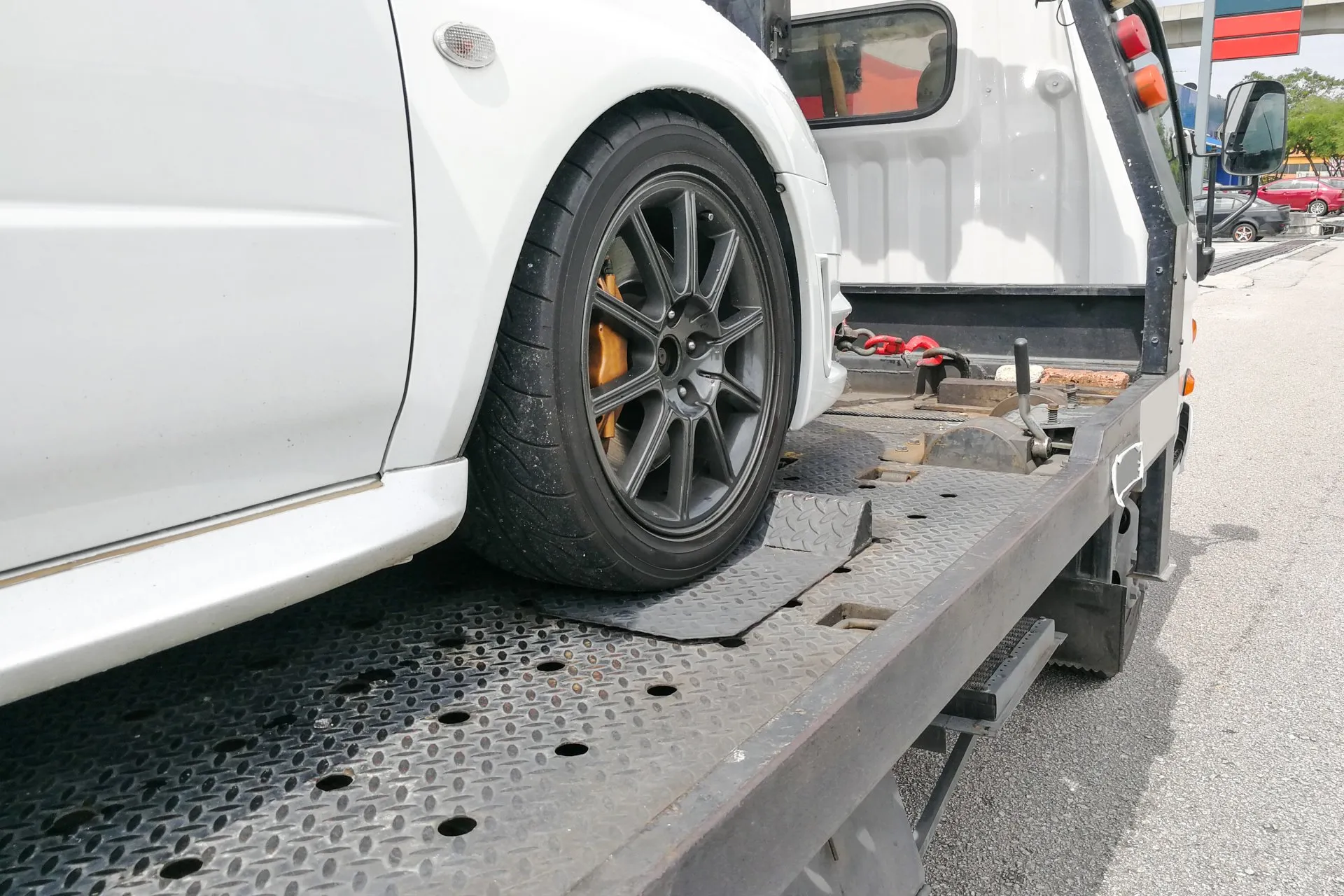How to treat bad gas in car


Bad gas can cause a myriad of issues, which is why it’s essential to detect symptoms early. Here are signs that your car might be running on spoiled gasoline:
- Difficulty Starting the Engine: If your vehicle takes longer to start than usual, has slow acceleration, or stalls while driving, it could indicate bad gas.
- Unpleasant Odor: A foul smell emanating from the car’s exhaust is another sign of contaminated fuel. This odor is due to the presence of rotten egg-like hydrogen sulfide gas.
- Decreased Fuel Economy: If you notice an unexpected dip in fuel economy despite driving the same distance as before, it could mean poor gasoline quality.
- Engine Misfires and Knocking Sounds: Bad gas can lead to engine misfires and knocking sounds. This happens because corrupted gasoline can damage the motor’s components.
It’s crucial to act fast if you suspect bad fuel quality since prolonged usage can result in expensive repairs. Taking preventative measures by adding fuel stabilizers could prolong shelf life and prevent possible contamination in the future.
Pro Tip:
Regular maintenance checks and efficiently storing gasoline in tightly-sealed containers help keep your engine healthy. Don’t forget to fill up with high-quality gas from reputable distributors!
Steps to Treat Bad Gas in Car
To effectively treat bad gas in your car as a solution, follow the steps of draining the fuel tank, replacing the fuel filter, cleaning fuel injector, adding fuel additives, and refilling with fresh gas. Each sub-section offers a unique approach to tackle the problem at hand and restore your car’s performance.
Drain the Fuel Tank
If the gas in your car has gone bad, it can lead to various problems that can affect the car’s performance. Emptying the fuel tank is one of the most efficient methods to treat bad gas in the vehicle.
To empty the fuel tank and treat the bad gas, follow these three simple steps:
- Turn off your engine and park the car on level ground.
- Loosen the gas cap to release any pressure built up in the tank.
- Lastly, use a siphon pump or remove the fuel tank to drain all gasoline out of it. Be sure to dispose of it properly.
It’s vital to note that draining a fuel tank requires proper equipment and knowledge. Therefore, consulting a professional mechanic is recommended.
Additionally, ensure that no debris or rust particles are blocking the tank inlet before refilling with fresh gasoline.
According to CarTalk, “Bad gasoline can damage cars more than just about anything else other than crashes.”
Replace the Fuel Filter
When dealing with bad gas in your car, replacing the fuel filter is a crucial step. This ensures that any impurities or contaminants are removed from the fuel before entering the engine, preventing damage to the vehicle.
To replace the fuel filter, follow these 5 steps:
- Locate the fuel filter in your vehicle.
- Use a wrench and disconnect the fuel lines on either side of the filter.
- Remove the old filter and install the new one, making sure it’s securely in place.
- Reconnect the fuel lines to either side of the filter. Double check for any leaks.
- Start your car and allow it to idle for several minutes to ensure proper functioning of new filter.
It’s important to note that some vehicles may have more than one fuel filter, so be sure to identify all filters before proceeding with replacement.
In addition to replacing the fuel filter, regularly changing oil and air filters can improve fuel efficiency and performance. Checking for any vacuum leaks or damaged hoses may also prevent future issues.
Consider using high-quality gasoline as they often contain fewer impurities than cheaper brands. Furthermore, avoiding topping off your gas tank can prevent sediment from collecting at the bottom of your tank which could clog up your fuel lines and filters.
By routinely maintaining your vehicle’s fuel system, you can keep your engine running smoothly and avoid potential costly repairs down-the-road.
Clean Fuel Injector
Cleaning the Fuel Delivery System
To ensure optimal fuel delivery, regular cleaning of the fuel delivery system is crucial. Follow these three simple steps to clean your vehicle’s fuel delivery system:
- First, locate the fuel injector in your car’s engine. It is usually found near the carburetor, and you can identify it by its metal appearance.
- Use a fuel injection cleaner to remove any deposits or gunk from the fuel injector. Take care not to damage or puncture the injector while cleaning it.
- Finally, start the engine and let it run for several minutes to remove any remaining deposits from the system.
It is important to note that over-cleaning can also cause harm to your vehicle’s fuel delivery system. Therefore, limit cleaning to only when necessary.
Pro Tip: Always refer to your vehicle’s owner manual before attempting any DIY maintenance on your car.
Add Fuel Additives
Fuel Additives: An Effective Remedy for Bad Gas in Cars
Fuel additives are essential chemicals that can help resolve engine problems caused by bad gas. The addition of fuel additives to the car’s tank can improve engine performance, increase fuel efficiency and protect it from issues such as rust and corrosion.
- Boost Engine Performance: Additives enhance the car’s speed and overall performance by optimizing the fuel combustion process and cleaning out any impurities.
- Increase Fuel Efficiency: Fuel additives are known to improve gas mileage, reduce waste emissions and promote cleaner burning fuel, ultimately saving money on fuel costs over time.
- Clean Deposit Build-up: By optimizing your engine’s performance, fuel additives prevent carbon build-up that clogs your car’s injectors or prevent their spray patterns.
- Prevent Corrosion: Additives protect the fuel system against rust preventing rust formation which corrodes metal parts especially if they come into contact with water or other catalysts
- Prolong Engine Lifespan: Regular use of a high-quality additive can implement longer-lasting results and maintenance of a healthy internal car engine is imperative for its longevity
It is vital to follow the manufacturer’s instruction when adding any additive- particularly knowing how many gallons of gasoline you pour beforehand. Adding too much can cause damage or harm to the car’s emission system.
Indeed, adding a ‘fuel system cleaner’ along with detergents formulated gasoline cleaners will yield lasting effects than merely relying on low-grade methods like methanol or alcohol solution.
According to AAA study recently conducted focusing on carbon deposits accumulation in engines, Using Recommended Detergent Based Gasoline Additive lead cars emitting fewer toxic exhaust pollutants after driving 4000 miles approximated distance compared to using discount brands.
Refill With Fresh Gas
Ensuring the gasoline in your car is fresh and clean is crucial for its optimal performance. Here’s how to ‘Stream New Fuel into the System’ effectively:
- Identify a reliable petrol station near you and verify if they provide high-quality gasoline.
- Park your car at the pump that aligns with the fuel type recommended by your vehicle manufacturer.
- Turn off the engine and open the fuel filler cap located on one side of your car. Insert it into the nozzle carefully.
- On the pump, select how much fuel you need and let it flow into your vehicle’s tank. Once full, replace the petrol cap tightly.
It’s essential to note that adding some additives, such as fuel stabilizers or octane boosters, can help enhance gas quality.
Furthermore, running out of gas might lead to impurities clogging your engine over time, causing more significant issues. To prevent this problem, It is advisable to gas up often with ‘Fresh Fuel.’
One driver ran out of gas on their morning commute. As a result, she refueled her car with low-quality petrol available at an obscure gas station nearby. The damage was severe – an expensive repair bill later on!
Preventing Future Bad Gas Issues
To prevent future bad gas issues with your car, use fuel stabilizer/additives and store fuel properly. These two sub-sections detailing solutions to keep bad gas at bay can save you from costly repairs and improve your vehicle’s performance in the long run.
Use Fuel Stabilizer/Additives
Fuel stabilizers and additives can help prevent future issues with bad gas. Here are a few ways these solutions can be used:
- Use ethanol treatment to prevent water absorption
- Add fuel stabilizers before storing your vehicle
- Use octane boosters to increase fuel efficiency
- Anti-corrosion additives will protect the fuel system from rusting
- Keep the gas tank full to reduce condensation
By using these fuel stabilizers and additives, you can ensure that your vehicle’s engine runs smoothly while also preventing costly repairs.
It is important to note that not all fuel stabilizers and additives are created equal. Be sure to research different products and find one that is suitable for your specific needs.
A frequent issue with ethanol blended fuels has led people to seek alternative solutions. However, only certain vehicles may be compatible with these alternatives, so it’s important to do proper research before making any decisions.
In 2010, the United States Environmental Protection Agency introduced new rules requiring gasoline retailers to label pumps containing gasoline blends of greater than 10% ethanol. These labeling requirements have helped consumers make informed decisions about choosing the right fuel for their vehicles.
Store Fuel Properly
To ensure gas-related issues don’t occur in the future, it is crucial to employ appropriate fuel storage techniques. Implement these measures to protect against fire hazards and eliminate contamination.
Follow This 6-Step Guide To Store Fuel Properly:
- Read The Manufacturer’s Instructions: Before storing fuel, always read the instructions provided by the manufacturer explicitly.
- Chose The Right Location: Gasoline must never be stored in areas that pose a fire risk. Choose a cool, dry, well-ventilated location instead.
- Use Proper Containers: Only use proper containers specifically created for gasoline or diesel. Ensure they are corrosion-resistant and sealable.
- Do Not Overfill Containers: Overfilling may cause fuel to leak out of the container, leading to possible accidents. Leave enough room for expansion and gas fumes at the top.
- Clean Spills Asap: Spills should be cleaned as quickly as possible to prevent slips and falls; if liquid enters nearby sewers or drains, contamination can occur.
- Store Safely: Keep fuel containers securely locked and away from children or pets. Label with date of purchase using durable tag/rubber bands
Remember that gasoline has an expiration date; after a certain amount of time has passed, it becomes unusable. Renew your stock regularly.
Additionally, ensure you store no more than what you require reasonably.
Don’t wait until it’s too late. Take heed of these recommendations to keep yourself and your family safe from any mishaps that may occur from improper gasoline storage methods.










